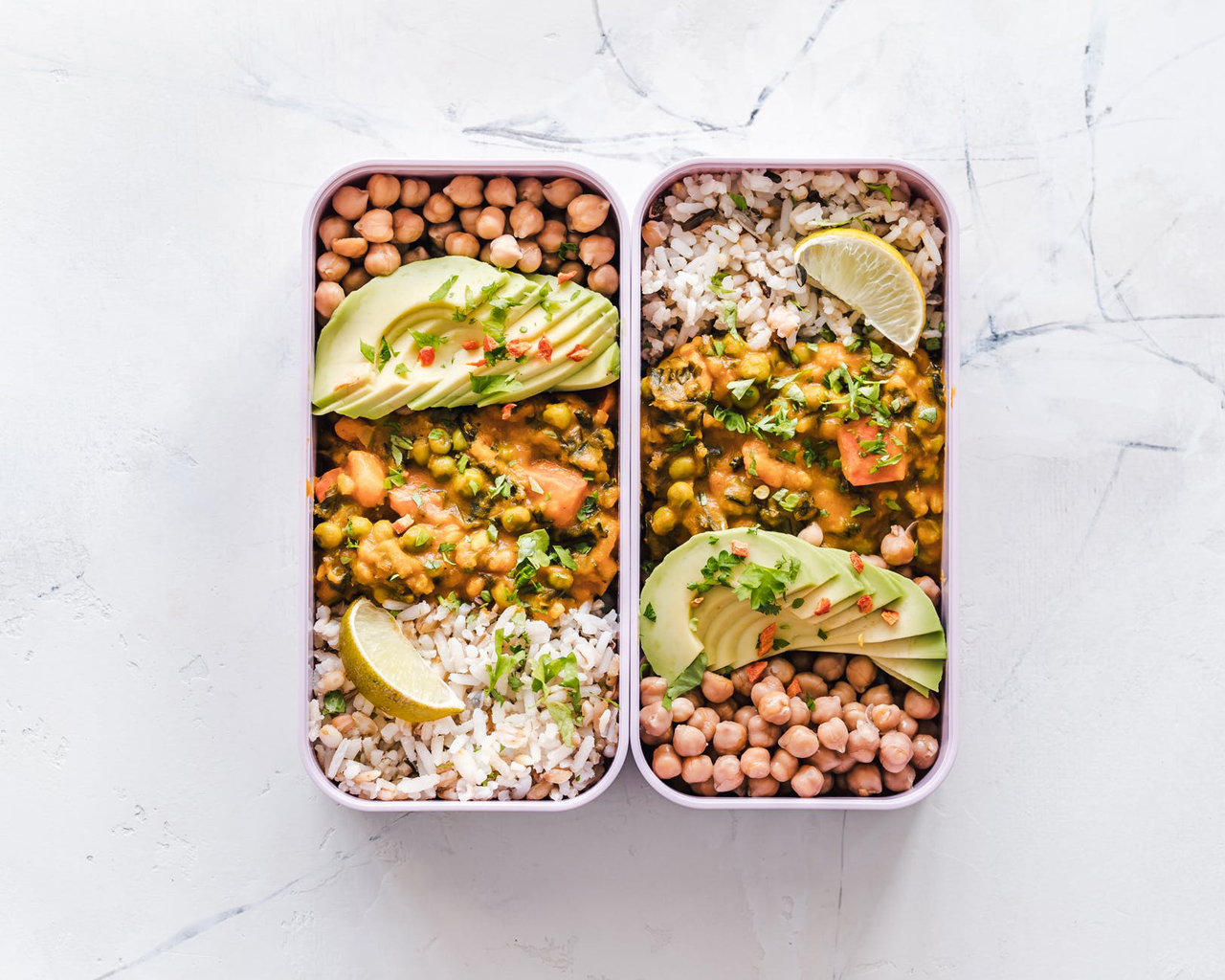
You know the feeling. Its Sunday, you just overate because it’s weekend. In your head, you’re saying “new diet and training starts tomorrow“.
This happened to me a little over a week ago, and I decided to try an approach I have never tried to cut some fat quickly: Intermittent Fasting paired with cardio and almost no carbs. Read on to see how I lost 7 lbs in 7 days and went from being embarrassed to take my shirt off to back to my baseline weight and body composition.

How it Went Down
Sunday: Finished eating at 3:00 PM. No Exercise.
Monday: Ate all the food in between 9:00 AM and 2:00 PM. 18 hour fast. Moderate exercise (golfed 18 holes).
Tuesday: Ate all food in between 9:00 PM and 10:00 PM. 31 hour fast. 6 miles of intermittent sprints/jogging in a fasted state.
Wednesday: Ate all food in between 3:00 PM and 7:00 PM. 17 hour fast. 6.2 miles of intermittent sprints/jogging in a fasted state.
Thursday: Ate all food in between 2:00 PM and 5:00 PM. 19 hour fast. 6.1 miles of intermittent sprints/jogging in a fasted state.
Friday: Ate all food in between 1:30 PM and 3:30 PM. 20.5 hour fast. 6.5 miles of intermittent sprints/jogging in a fasted state.
Saturday: Ate all food in between 5:30 PM and 9:00 PM. 26 hour fast. 5.7 miles of intermittent sprints/jogging in a fasted state. 30-minute circuit strength training workout.
The Power of Intermittent Fasting
Intermittent Fasting consists of eating in a short window (typically 4-8 hours) and fasting for the other 16-20 hours of the day. It has been proven to have many benefits for both cellular health and fat loss. It’s being talked about all over the industry, and like most trends, it is widely misunderstood. To understand the many benefits of fasting on a deeper level, I recommend visiting Dr. Rhonda Patrick’s website and listening to her podcasts on the topic. For the purpose of this post, I will be discussing the fat burning power of an intermittent fast.
The quickest means of producing energy for the human body is from glucose, which is created in our bodies after we eat carbohydrates. After the glucose runs out, and all the glycogen stores (previously unused glucose) are converted to energy to fuel our bodies. Once the glycogen stores are burned up, our bodies rely on energy from ketones which are derived from burning fat.
When you sleep, your body is naturally in a fasted state. It gets to the point where it relies on burning fat to maintain energy. With the first bite of food you eat when you wake up, your body immediately produces insulin, which promotes fat storage. It also switches its primary fuel source to glucose from the food you just chomped on. If you stay in a fasted state (aka don’t eat anything), the body will stay in the fat burning mode for longer.
*Note: People who enjoy a carbohydrate-heavy diet will have a tougher time at first adjusting than those who follow a diet lower in carbohydrates.
Bottom Line: The longer you go without eating, the more likely your body will burn fat to produce ketones for energy.
Exercise in a Fasted State
When you exercise, the demand for energy from your body increases. If you are in a fasted state, your body is already being fueled by primarily fat/ketones. When you exercise in a fasted state you will boost your fat burning. Performing lower intensity exercises such as light jogging, yoga, light swimming, etc. have been proven to be ideal to burn fat while fasting. If you want to take a dive into the effects of exercise in a fasted state, I recommend checking out Ben Greenfield’s podcast on this topic.
Bottom Line: Exercise (particularly light cardio) in a fasted state will boost your fat burning.
What to Eat in the Feeding Window
Since your metabolism is relying on ketones from fat for energy in a fasted state, it makes sense to me to eat foods that will keep that going. What does this mean? Keto. Eat fats to burn fat. I ate lots of beef with veggies cooked in avocado oil. Salads with oil and sardines and tuna with mayo. Coffee with heavy cream. Sausage with eggs cooked in avocado oil.
Even though you will likely see the benefits of fasting from eating your normal diet in the feeding window, you can maximize the benefits of the fast by eating keto-like within your feeding window.
Enjoy Your Giant Meals
I want to be clear here: I ate just as much as I do on a normal day in my feeding window. And it was awesome. I looked forward to it all day and would cook up a storm and eat 3 meals one after the other. It can be fun to switch up the routine!
My Takeaways
- Fasting is a great mental and physical test on your body.
- Pairing fasting with cardio and a keto like a diet was a great fat loss trifecta for me.
- The process really stabilized my energy levels throughout the day.
- I will continue to intermittent fast (16-20 hours) 3-4 days per week and will look for opportunities in my schedule to fast for 24 plus hours 2-3 times per month.
Fasting and ketogenic diets are widely discussed right now. There are lots of benefits that are slowly being proven in the scientific world on these topics. If you decide to give these a shot, please consult with your physician/health care professional. I am no doctor, and this strategy worked for me but it may not work and could be dangerous for you.



